Opinion on Vayve Mobility Eva: The Next Tata Nano or RE 60?
Published On 19/1/2025, 6:58:09 pm Author Zeeshan Ali AqudusSmall, unconventional cars like the Reva, RE 60, Nano, and even Eon have consistently struggled in the Indian market. In a country where cars symbolize status and pride, especially tied to male ego and aspirations, affordability alone doesn’t drive success.
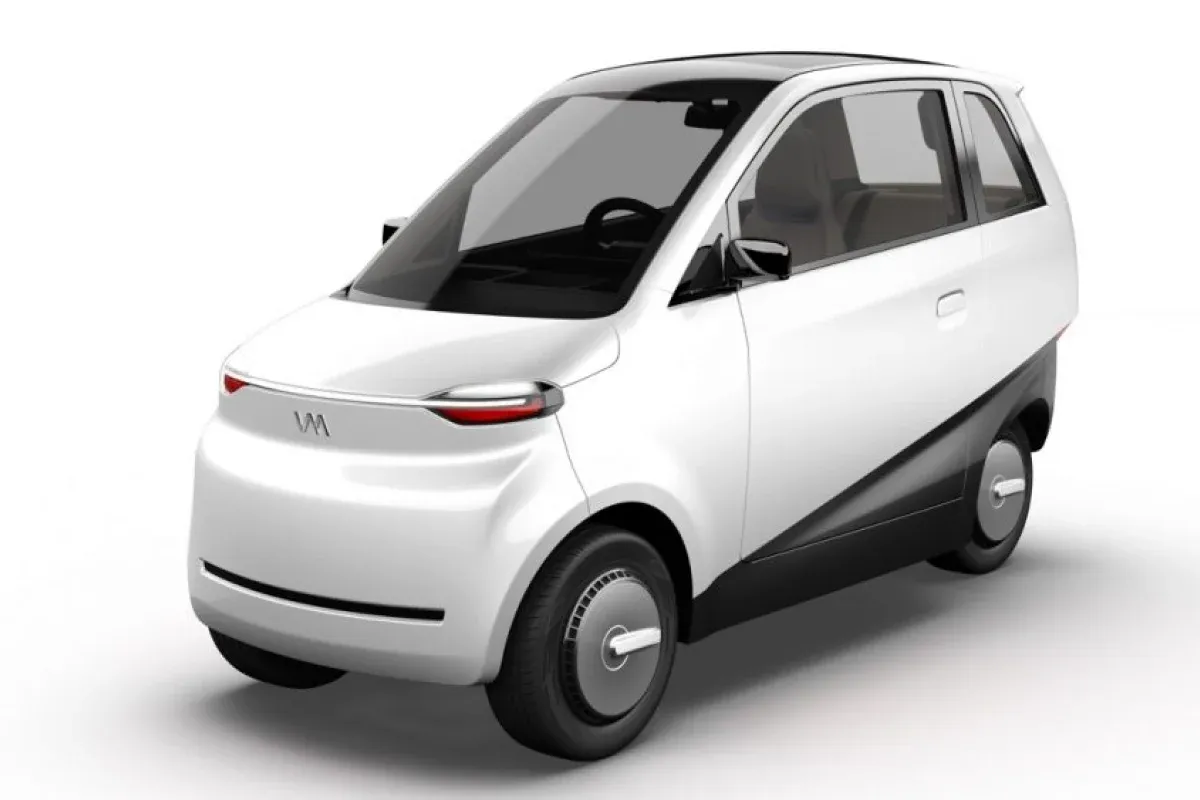
Summary
- Small, odd cars struggle: Like the Reva, RE 60, Nano, and Eon, ultra compact cars face market rejection in India.
- Cars symbolize aspirations: In India, cars are closely tied to status, pride, and the male ego (Aukaat).
- Affordability doesn’t guarantee success: The Nano showed that low prices alone don’t ensure mass appeal.
- Tough to build a new automobile company: It has taken over 4-5 decades to build VW, Ford, Tata etc.
- India values practicality: Buyers will prefer used petrol cars over uncertain electric car by a new company.
- Niche products struggle: Like the RE 60 and Reva, niche cars rarely appeal to the broader market.
- Solar panels on EVs are gimmicks: The solar panel on Eva’s roof offers little practical value.
The Tata Nano was a revolutionary idea. The idea behind the project was noble.While its engineering and purpose were groundbreaking, the car ultimately failed to achieve the success it should have achieved.
The marketing strategy revolved heavily around affordability. The Lakhtakiya tag unintentionally created a perception that the Nano was a car for those who couldn’t afford anything better. In a country like India, where vehicles are status symbols, this label made it less aspirational. The positioning alienated middle-class buyers who wanted cars that reflected upward mobility and social prestige.
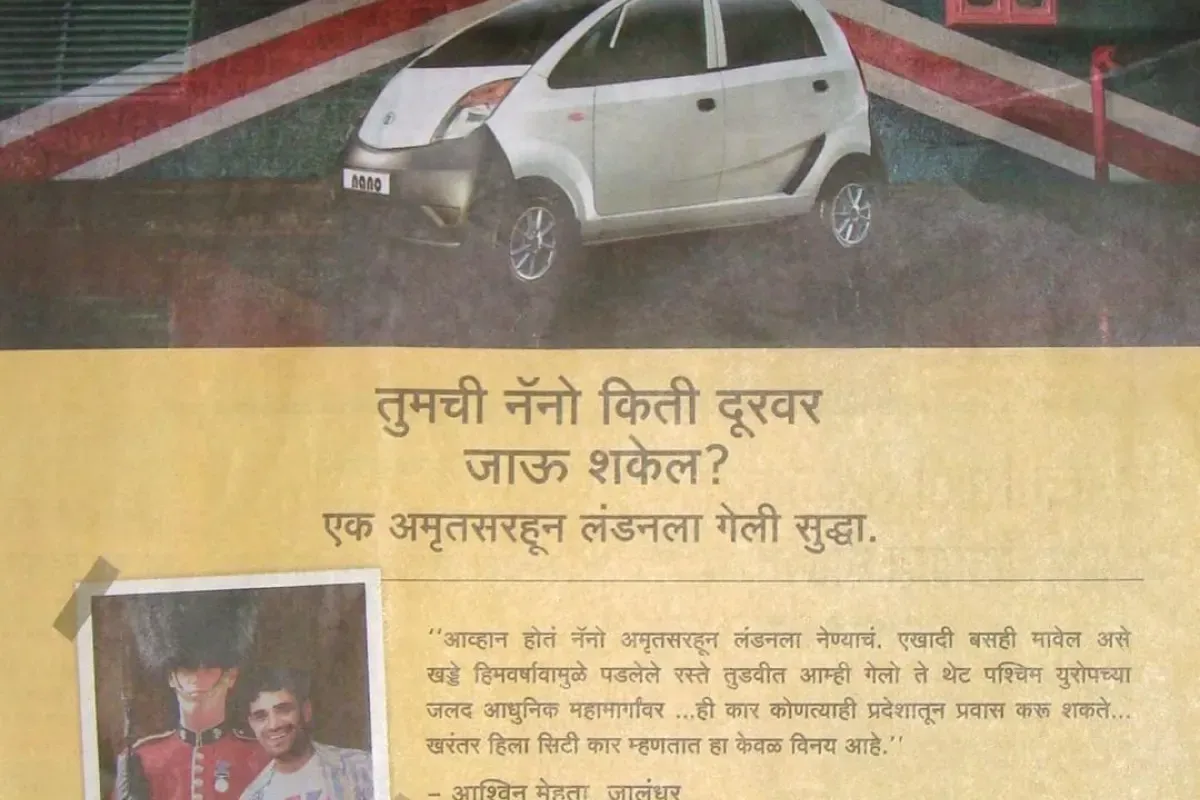
To keep costs low, Tata had to make compromises in design and features. While it was a marvel of frugal engineering, the lack of even basic amenities like power steering felt too basic. Moreover Tata struggled to keep the price at 1 lakh!
The Tata Nano's failure wasn’t due to a lack of innovation but rather a combination of poor marketing, societal perceptions, and external challenges like Singur incident.
Nano, along with getting compared to Maruti Alto, also started getting compared to Auto Rickshaws. The comparison started to be more inclined towards the latter.
Why Vayve Eva Might Not Work in India
We’ve already seen how the perception of the MG Comet played out. It’s urban, small, and fully electric. While the Comet is almost twice the price of the Vayve Eva, the Eva still falls into the category of high-ticket purchases for Indian consumers. Small and weird cars often face challenges in India, and history has plenty of examples to prove this.
Remember the Bajaj RE 60? It was Bajaj’s answer to the Tata Nano—a compact, affordable vehicle designed for urban mobility. However, it struggled to position itself as a car in the minds of buyers. Eventually, it was reclassified as a quadricycle, distancing itself from the mainstream car market.
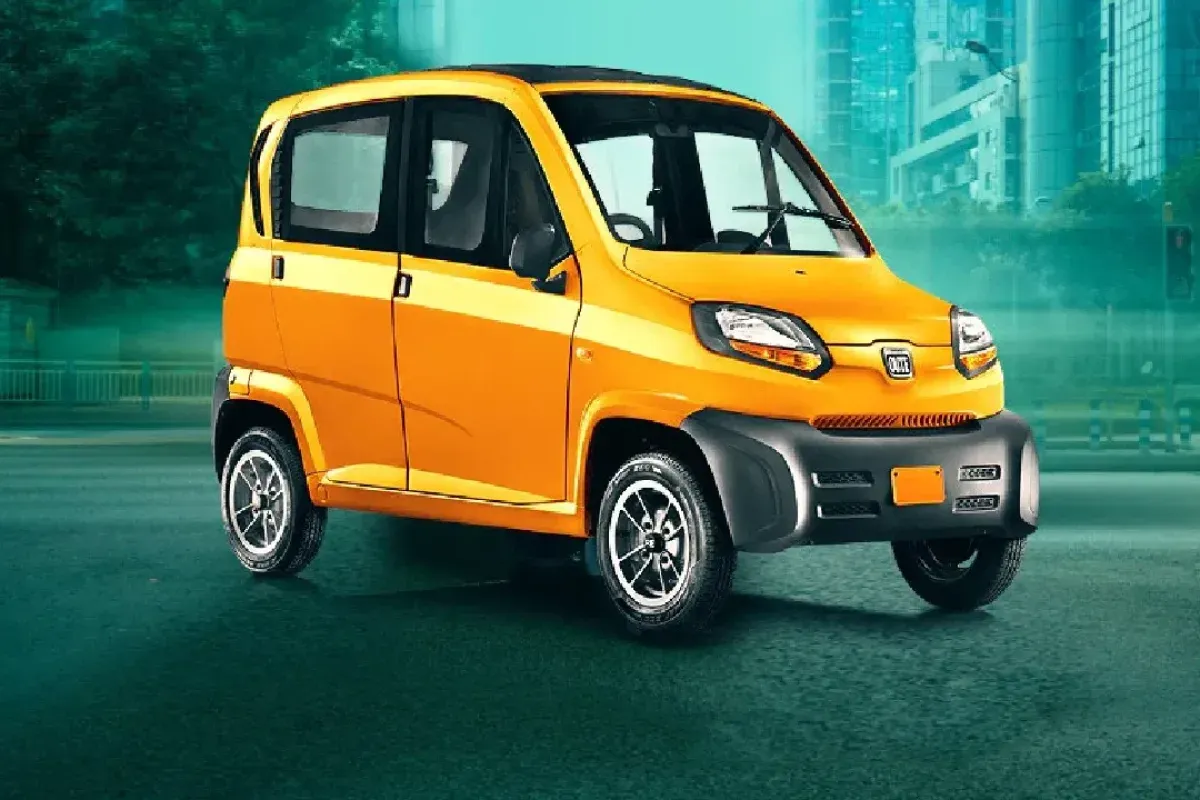
Even Hyundai’s Eon, a proper car with a much better 800cc engine compared to the Nano’s two-cylinder 600cc engine, couldn’t sustain its presence in the market for long.
The common thread among these examples is that affordability alone doesn’t guarantee success. The product must also meet the aspirational and functional needs of Indian buyers, who expect more than just low costs when making a purchase.
Why it is difficult for Vayve to sustain as a new automobile company
Automobile manufacturing requires immense capital, scale, and infrastructure. The barrier to entry is high, and even with innovation, the road to success is paved with countless challenges like after sales service and blue collar management. The industry is dominated by a few key players who have already perfected the art of manufacturing and scaling vehicles for global markets. The extablishment did not take a decade, rather a century of expertise across manufacturing, supply chain, engineering, distribution, servicing and so on.
When Mahindra, HM, Tata and Padmini started in India, they sold rebaged cars. Mahindra sold Jeeps, HM sold Oxford in the name of Ambassador, Padmini sold Fiat 110NE and other cars. Some of them closed, some took decades to build their own technology.
In the early 2000s, the Reva electric car made its debut. It was ahead of its time, arriving long before the market was truly ready for electric mobility. The Reva's biggest issue was that it wasn't practical for the average buyer.
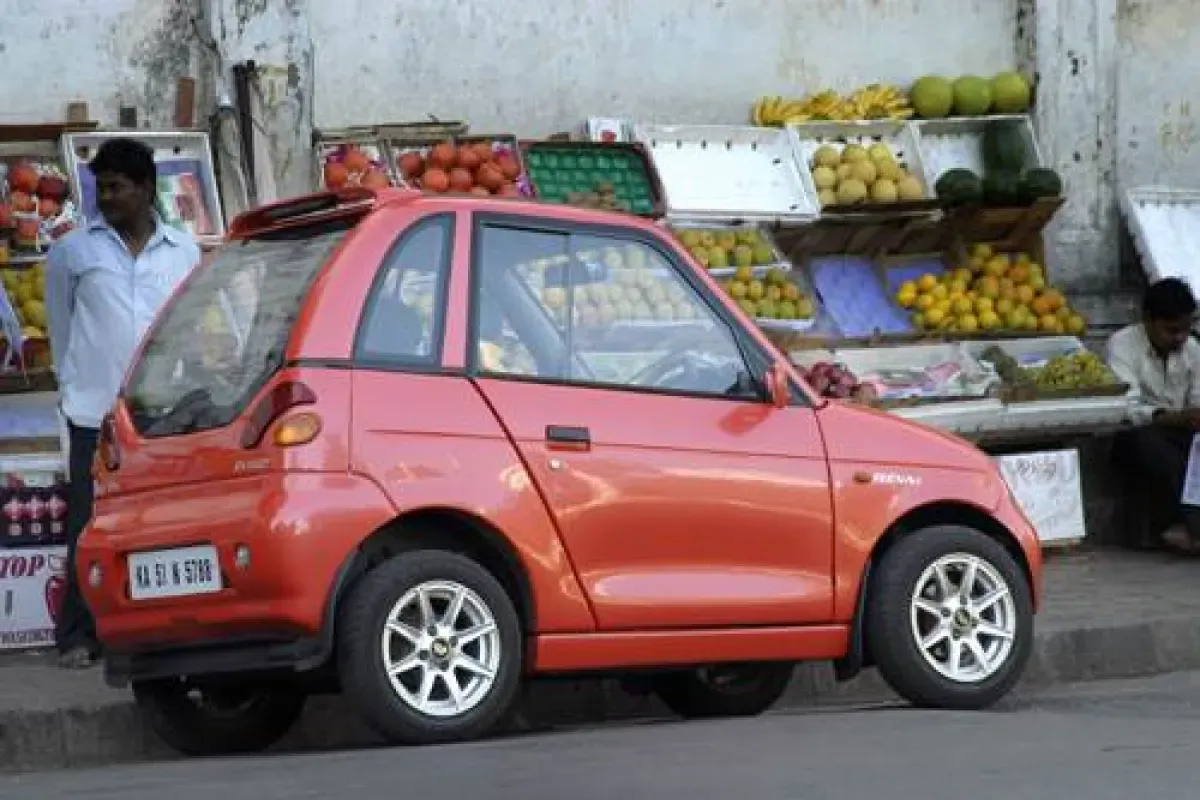 It had a very limited range, small size, and lacked the performance and features. In 2010, Mahindra & Mahindra acquired the company behind the Reva, hoping to tap into the growing demand for electric vehicles. Despite the acquisition, no magic happened. Mahindra continued the Reva's legacy under the Mahindra Electric brand, but it struggled to gain traction in a market dominated by conventional fuel vehicles. Even then, the Reva felt more like a niche product—ideal for non-IVHS (non-interstate highway systems) environments like airports, college campuses, or corporate offices, where short-range, low-speed vehicles could serve a specific need. But as a mainstream car, it never resonated with Indian consumers.
It had a very limited range, small size, and lacked the performance and features. In 2010, Mahindra & Mahindra acquired the company behind the Reva, hoping to tap into the growing demand for electric vehicles. Despite the acquisition, no magic happened. Mahindra continued the Reva's legacy under the Mahindra Electric brand, but it struggled to gain traction in a market dominated by conventional fuel vehicles. Even then, the Reva felt more like a niche product—ideal for non-IVHS (non-interstate highway systems) environments like airports, college campuses, or corporate offices, where short-range, low-speed vehicles could serve a specific need. But as a mainstream car, it never resonated with Indian consumers.
Yes, electric mobility has a room for new manufacturers but...
Over the last 5-6 years, we've seen a wave of new electric two-wheeler companies emerging in India. Brands like Ather, Ultraviolette, Pure EV, Okinawa, Revamp, and even Ola have entered the market, backed by significant investment in infrastructure and technology. These companies brought fresh hope for the future of electric mobility in India, each promising to deliver cutting-edge electric bikes that could compete with traditional petrol-powered options.
However, what happened?
Ather has been one of the few success stories in this crowded market. With strong backing from investors like Hero MotoCorp, it has managed to carve out a solid position in the EV market. Ather’s growth can be attributed to its focus on both product innovation and customer experience (CX). In many ways, Ather is an extension of Hero’s longstanding experience and modus operandi in the automotive industry.
On the other hand, companies like Ola have faced significant challenges. Despite having a plethora of money to invest in infrastructure, Ola made bold moves, acquiring multiple smaller EV startups, but its customer experience has been less than stellar. Poor service, delivery delays, and quality control issues have hurt their reputation.
As for Ultraviolette, the company is still working hard to establish a firm market position. While it has made strides with its premium electric bike, the F77, Ultraviolette is still in the process of building its brand and expanding its reach. The company’s challenge lies in scaling production while maintaining high standards of quality and performance at a reasonable price point.
Maybe Eva is a product blunder: Insight from Industrial Design Perspective
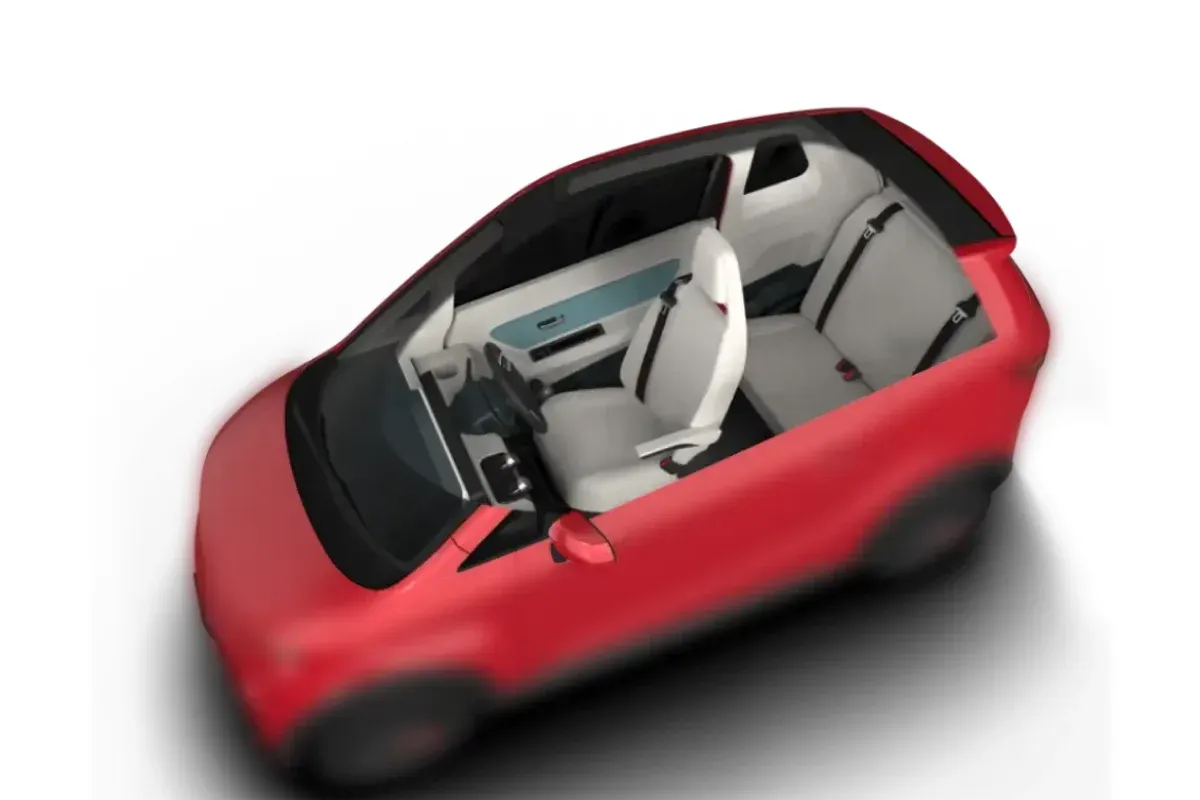
I love the name Eva, because one of my cats is named Eva. My other cat is Ivy, a name chosen to resemble hers. However, having studied industrial design, particularly in the vehicle and mobility sector, and having worked on projects like Olli 2.0, I strongly believe that Eva is going nowhere—at least not in India.
One thing I appreciated about the Bajaj RE 60 was that, despite its struggles in the personal vehicle market, it could at least be positioned as a niche commercial vehicle. It had the potential to serve in specific markets or even be exported to countries where there was a demand for such small, low-cost vehicles. In fact, the RE 60 found its way into markets in European and African countries where the need and acceptence of RE 60 was there.
But coming back to Eva—let’s talk about the Indian market, especially in cities like Delhi and Bengaluru. The average household income in Delhi is around ₹4-4.5 lakhs annually, though it varies based on factors like location and occupation. For many middle-class families, spending ₹3.5 lakhs on a compact electric vehicle simply doesn’t make sense, especially when the market is flooded with options that provide more value for money, like used petrol cars.
The mentality is rooted in practicality. For most people, a used petrol car offers more value—better range, established infrastructure for refueling, and a familiar driving experience. Many are willing to buy a second-hand petrol car because it’s perceived as a safer bet, both in terms of investment and usability.
For ₹3.5 lakhs, people in Delhi can buy a used car that’s only a few years old, perhaps a well-maintained Maruti Swift or Hyundai i10, which has a larger network of service centers and an established resale value. The Eva, on the other hand, with its limited range and niche appeal, lacks the same mass-market allure.
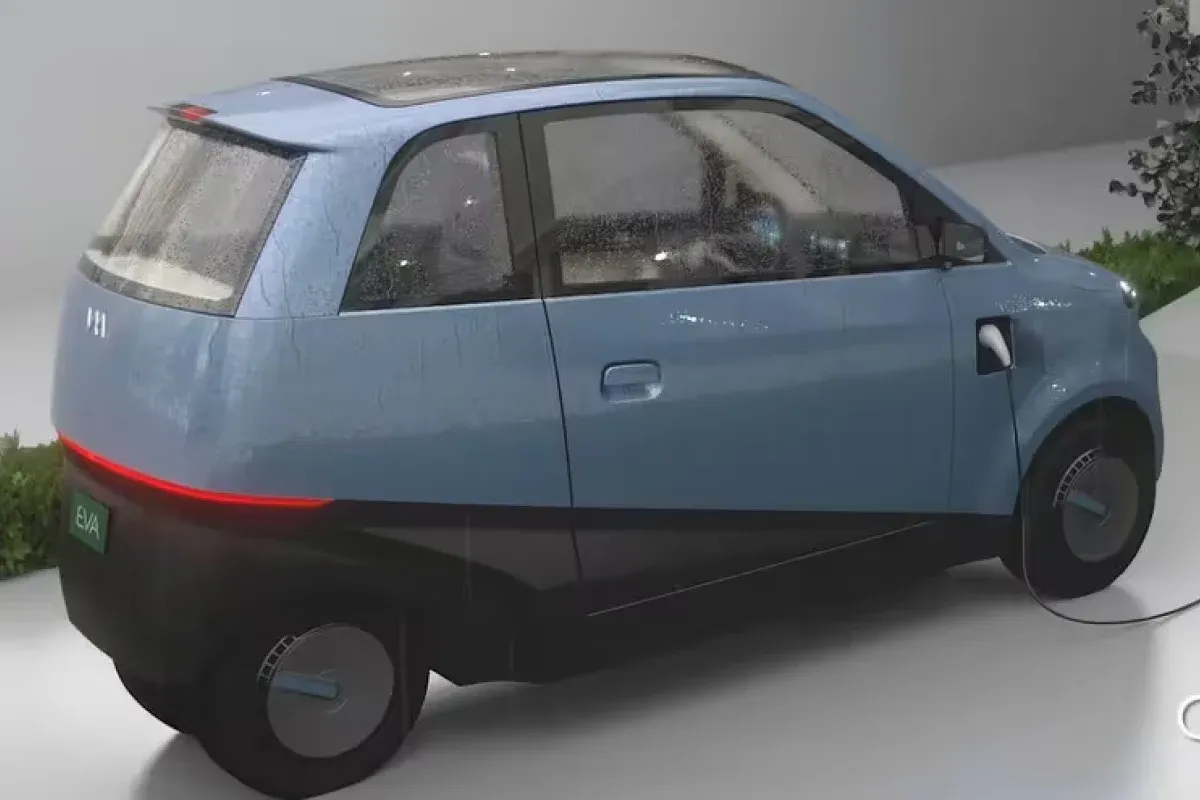
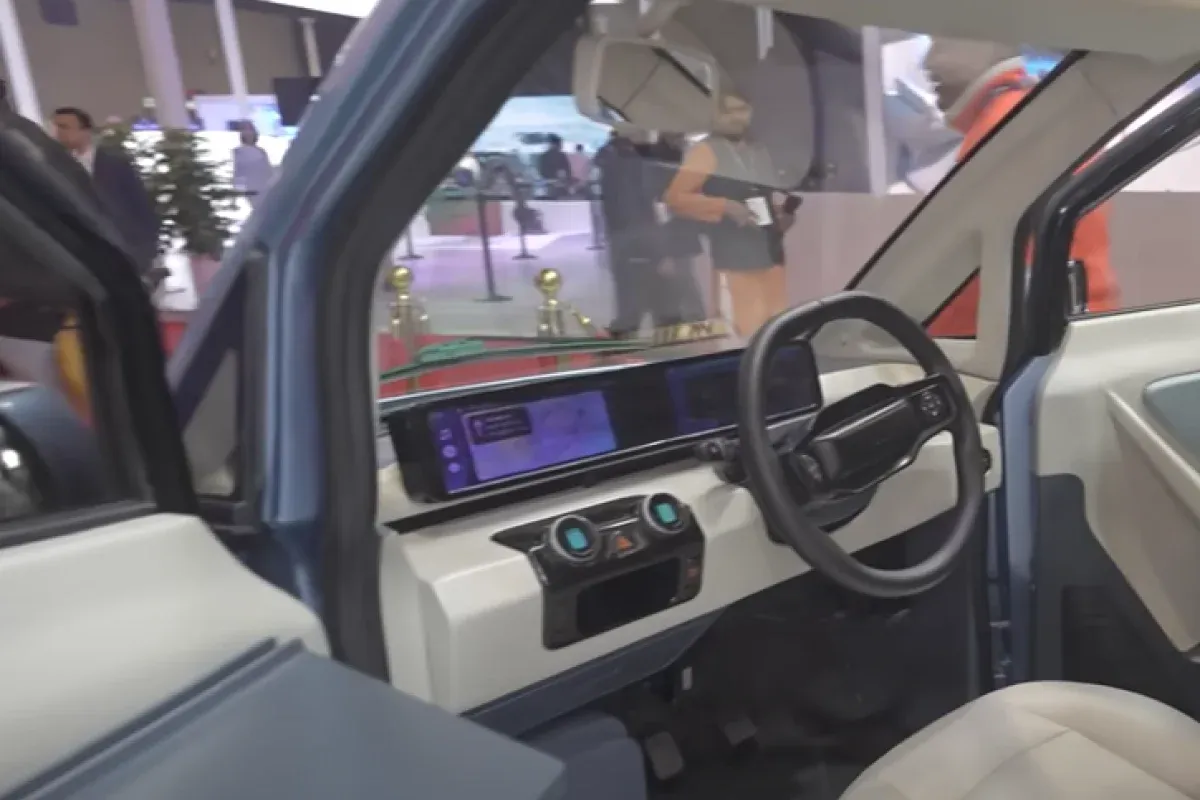
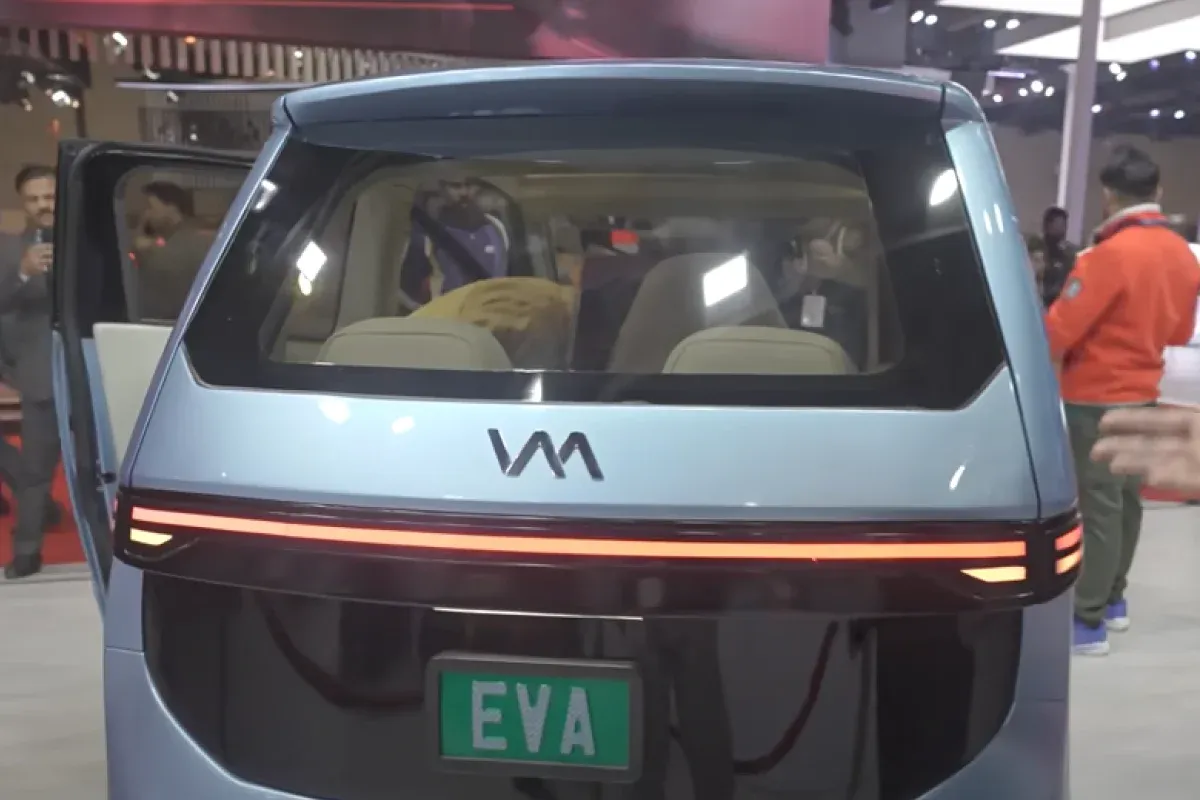
The Vayve Eva is marketed as an ultra-compact vehicle, and that’s exactly what it is. It’s designed to be small, light, and easy to maneuver in tight urban spaces. The compactness makes it appealing in theory for crowded cities where parking is scarce, and the vehicle could offer a simple solution for people looking for a basic, eco-friendly mode of transport. However, the question remains: is it enough?
I do think some early adopters might initially be intrigued by the Eva, particularly those who are eager to be part of the electric mobility movement. But the reality is, they will likely rethink their decision after considering alternatives. The MG Comet, for instance, already occupies a similar segment, and it offers a more premium and refined experience. Although it’s priced higher, the MG Comet competes directly with cars like the Tiago EV, which are much more well-rounded.
So, where does the Eva stand in this context? It faces a massive challenge. The Comet, although not a runaway success, has managed to capture attention as a more complete electric car. It offers modern features, better design, and higher quality—things that make it stand out against the Eva, which still feels more like an experiment than a serious product.
Now, about that solar panel on the roof—honestly, it feels like a marketing gimmick. If there were any significant value in integrating a solar panel to charge the car, we would have seen it implemented in more mainstream vehicles by now. Take the Tata Tiago EV, for instance. If a solar panel on the roof truly added any meaningful value, Tata would have included it in their more affordable EV model. But they haven’t, and there’s a good reason for that. Solar charging just doesn’t make enough of a difference at this stage. It won’t drastically extend the range of the vehicle or solve the bigger problem of charging infrastructure. It feels more like a box to check than a game-changer for the Eva.
In the end, it might sound cool, but it’s not a practical solution for the average consumer.
Vayve could have build better electric bike like Revamp Moto for consumer market, or it would have to start a cab service to absorb what they are building. Blu Smart is an apt example. Gensol is it's sister company and is building this:
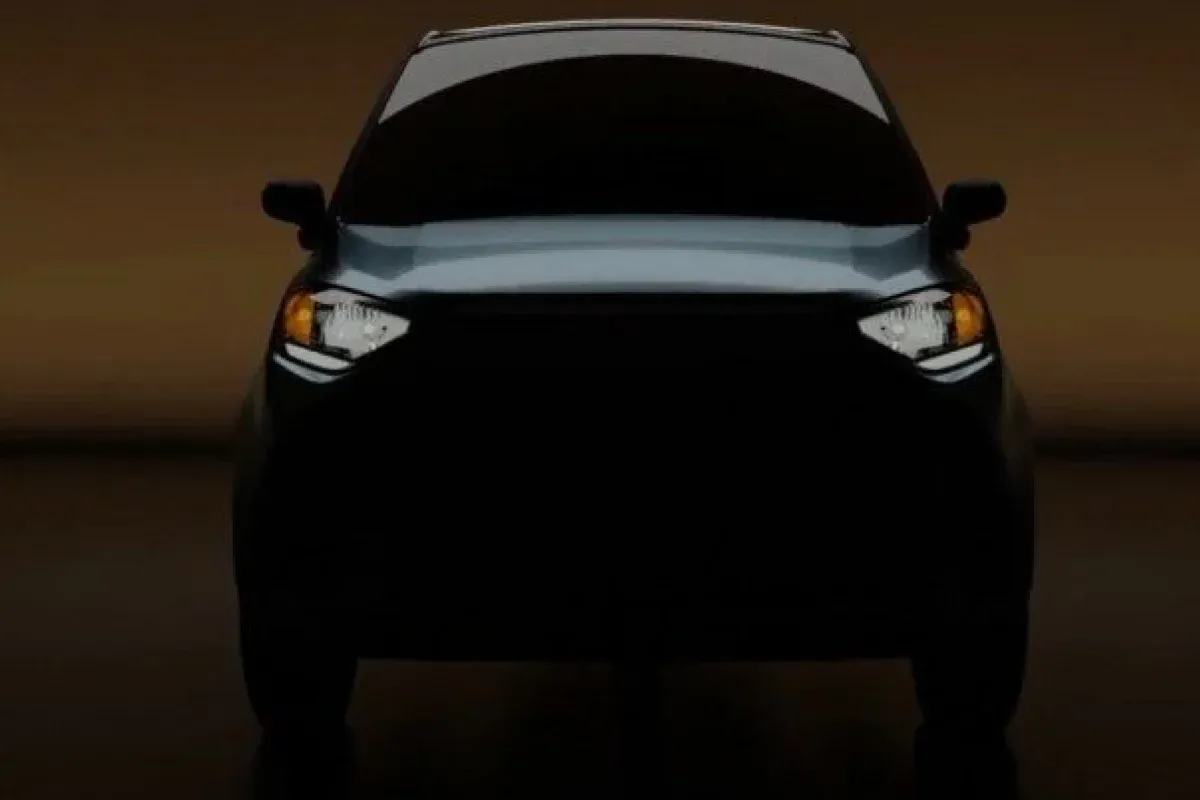
Prima facie it is similar to what Vayve Eva is.
One last point: The name Vayve could be less complicated. People tend to forget what is complex to pronounce.
















